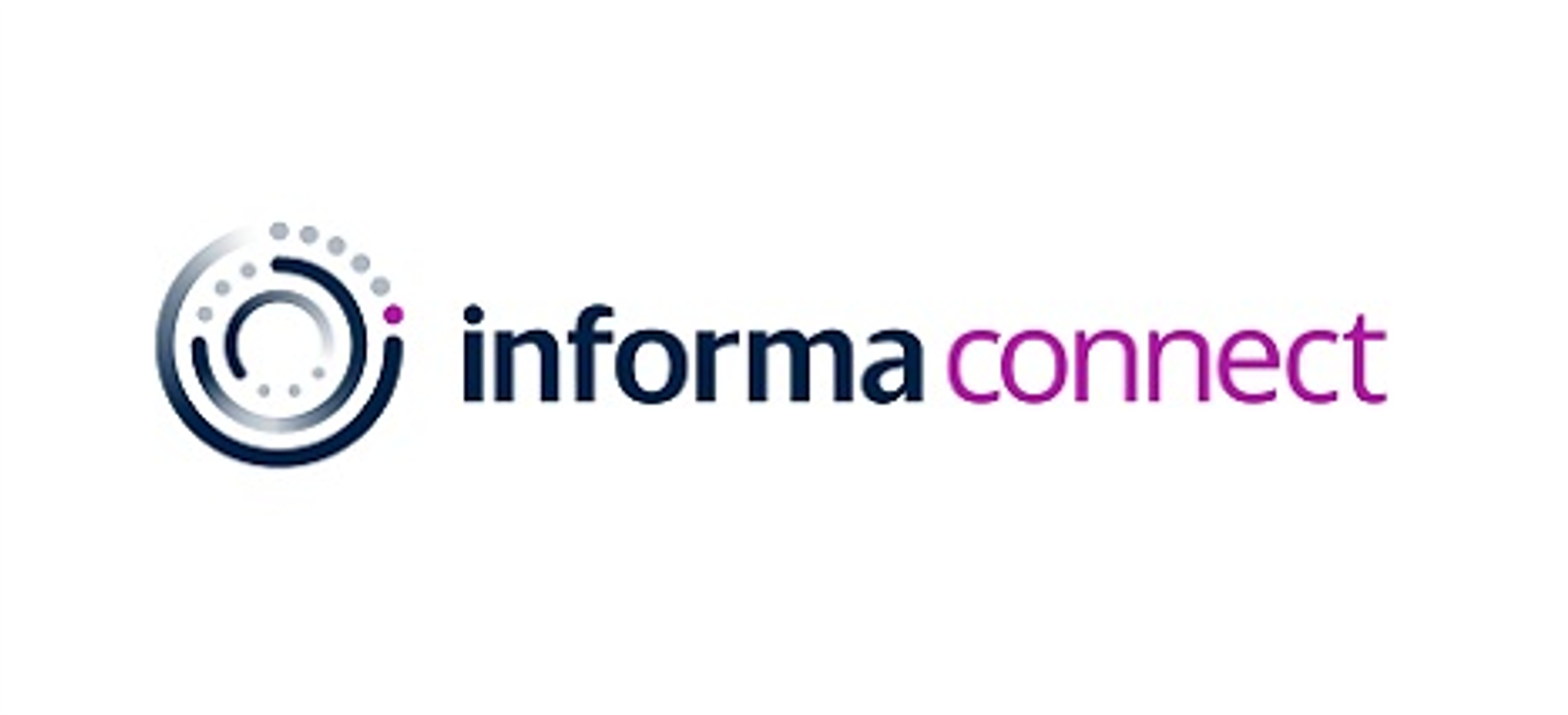Teachers are certainly best placed to know the potential benefits of teaching and learning edtech tools: whether they offer creative ways to engage students, clever approaches to extend their learning, time-saving ways to give timely feedback or building on their achievements to improve outcomes.
IT teams, on the other hand, often have a broader view. They know all about the school’s current crop of edtech solutions, the state of the school’s infrastructure and, crucially, have an insight into where IT funds are due to be invested. Naturally, they want to support educators in choosing and using the tools they need, so it makes sense for the two to work together to implement any new edtech solution to ensure that it will be impactful, manageable and sustainable.
Checking things out from all angles
However intuitive a solution first appears, trying it out before buying is a must. If a teacher who selects a solution for trial finds it easy to use, it is certainly a good sign.
However, educators have varying levels of confidence in using technology in the classroom, and technicians often have a grasp of who is tech-savvy and who needs more support. They will be a good judge of whether a product will be universally usable or how much training everyone will need to get up to speed.
The only way to know for sure though, is to test it out. IT teams can help educators access a free trial, get it installed, configured and ready for them to explore. They can also encourage them to find additional evidence of the product’s impact, through case studies, testimonials, blog posts, whitepapers or videos, which many schools require before spending funds on new technology. Sometimes it’s the other way round: the teacher is better equipped to evaluate and lead, but it still adds value to ensure the IT team are in the loop and perhaps, down the line, access the same product demonstrations and training so they are best equipped to support staff in the future if the school does decide to purchase.
Equally important is documenting the trial period. IT teams can guide less confident educators, helping them to gather as much qualitative and quantitative evidence as possible, which they can use to make the case for implementing the new solution. Taking any questions directly to the vendor is also a possibility and is something IT teams are accustomed to doing – they may even have an established contact within the company already, so working together can save time here.
Integration with existing systems
Finding the perfect tool is exciting – but if it’s not going to sit comfortably within the school’s ecosystem, it may end up being more trouble than it is worth or just be unworkable. Ensuring it’s one that ticks all of the boxes for an integrated learning environment can be more challenging than it first appears.
The IT team should know their school’s infrastructure inside out and whether new solutions could integrate with existing learning management and student information systems. Additionally, data interoperability is key when staff are all pushed for time – adding manual processes along with a new solution will not encourage educators to use it.
Check data collection/protection
Talking of data, edtech solutions sometimes collect an astonishing amount and, in many cases, far more than is needed. IT technicians will be able to examine the data protocols of any new devices or solutions used by teachers and students – and if they find that excessive data is collected, or is stored inappropriately, then the school should strike it off the list.
Why is this so important? Protecting students’ personal data presents a wealth of ethical issues, one of the most significant beings that, despite edtech’s potential to transform their learning, often, students do not consent to share their data; the school does that on their behalf. Sometimes, if the vendor's information is unclear, even schools do not realise how much data is gathered about their students or, indeed, whether it is sold to third parties. The IT team will be used to looking at privacy policies, judging how transparent any given solution is about data protection, and knowing the right questions to ask.
Calculating the cost
The cost of a new solution doesn’t stop when the school buys the licenses. There are other expenses like training, maintenance plans, and data storage fees to consider – things teachers may be unaware of. IT teams will have a budget to work to, with sums allocated to maintenance and upgrades of less ‘exciting’ technology, such as broadband, network security, and so on. Knowing how a potential new edtech tool could fit into these costs is something only the IT manager will know.
Teamwork rules!
Schools with a strong digital strategy will already ensure stakeholders from across the campus are involved in any technology plans. However, as a strategy gets off the ground and moves into the evolution stage, the importance of collaboration can sometimes get forgotten.
With so many edtech solutions now part of schools’ IT estates, IT leaders and teams have a wealth of knowledge and expertise to share with educators as they look at new classroom tools. We often work in silos and miss the combined skills of educators and IT staff working more collaboratively. It’s only by ensuring that everyone works together that schools can guarantee any new technology solutions will be compatible, secure, resilient and will deliver true impact in line with their digital plans.


